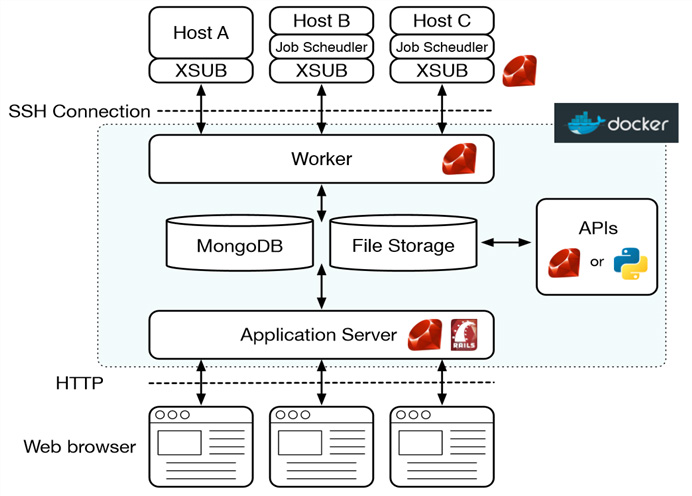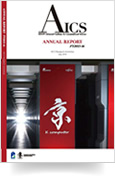Supercomputers have been designed mainly for simulating partial and ordinary differential equations, but practical applications of such equations are limited. In a given system, it is quite common that something happens when a certain condition occurs, and something else happens when a different condition takes place. Vehicular-traffic simulations are a good example. A car stops at a red traffic signal, but continues driving when the signal is green; and the speed of a car may differ before and after passing through a crossing. Another example is disease propagation: an uninfected susceptible person may become infected after contracting a certain amount of pathogen. Such discrete-event research often requires enormous numbers of simulations depending on how many samples of event cascades and combinations are used.
We are investigating such discrete simulations using the K and post K supercomputers and statistical physics. Our current focus of research is on certain areas of social phenomena: traffic operations, economics activities and social relations. We have developed and made available to academic institutions an application software package named “OACIS” that can execute thousands to millions of simulations with appropriately selected input parameters, and which enables flexible analysis of their results. Users of OACIS are applying the software not only to social simulation events, but also to simulations in such fields as robotics and material design.
Recent Achievements
Development of simulation management applications
Simulation studies often require the execution and analysis of an enormous number of simulations, which current massive-parallel supercomputers are capable of carrying out. However, designing and executing millions of different simulations are usually impractical. It is urgently necessary, therefore, to remove this obstacle in order to realize such studies, and this can be done by accelerating supercomputer applications.
Hence, we have developed OACIS, an open-source application software package, which we publicly released in 2014. Users operate OACIS through a web browser via a network. After installing OACIS on their computers, users upload and then register their own simulation and analysis software with OACIS together with specifies execution parameters. OACIS submits these jobs for execution via the network, monitors their status and gathers results when they are completed. APIs for Ruby and Python programs are available so that these programs can operate OACIS instead of the user.
In employing OACIS on the K and other supercomputers, we have studied various social simulations. Our results include the development of a simulation method to study important factors of vehicular traffic in a city, and we have applied it to the city of Kobe’s traffic system. We have also developed a method to study the bottleneck factor that arises when people flee from major disasters. This we have applied to evacuation planning in the event of a tsunami attack on the cities of Kanazawa and Kamakura.

Central dotted box shows structure of OACIS




